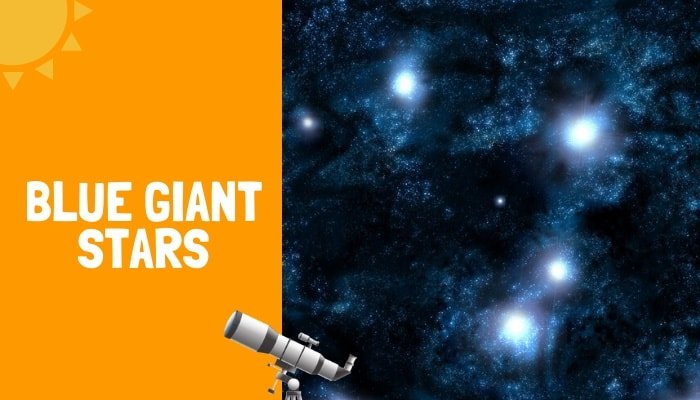When we look into the night sky, the first object in the sky we first see is the moon. When you get your telescope for the moon out and look through the eyepiece, you may ask yourself many questions. People often ask if the moon has its own light due to how bright it is in the eyepiece. Just by looking into the night sky, the moon gives a lot of light but is its own light?
The moon does not produce any of its own light despite it shining so bright in the night sky. The light coming from the moon that we see in the night sky is reflected sunlight bouncing off the moon’s surface, referred to as moonglow.
Ok, so we know that the moon does not have its own light, but this leads to many other related questions. The biggest question once we find this out is, why does the moon shine then?
Why is the moon glowing?
Ok, why is the moon glowing in the night sky is a valid follow-up question I feel it to ask. Right?
The light coming from the moon is an illusion, and in fact, it is reflective light just like a mirror would reflect torchlight. Unlike a mirror, the moon is poor at reflecting the sunlight due to the moon being a dark, bumpy rock; it only reflects around 12% of the light that hits the moon’s surface.
The amount of light being reflected from the moon comes down to the moon phases the moon cycle it currently provides. When the moon is in its waxing and waning stages, it’s around 8% as bright as its brightest full moon stage. This is because there is much less of the moon’s surface to bounce light off where a full moon gives the maximum amount of surface area to bounce the light off.
A full moon makes it harder to see other objects in the night sky due to how much light is bouncing off the moon. The light reflecting off the moon washes out starts in the night sky, making them hard to see.
Moonshine is what this whole process is called and is classed as an illusion.
Other illusions accrue with the moon; one common misconception is why the moon looks much more significant in the night sky.
Why isn’t the moon a source of light?
When we are out for a nightly walk, and the moon illuminates the pathway. A valid question would be why the moon is not considered a light source despite its lighting up earth.
Luminous objects like a light bulb or TV produce their source of light just like the sun does. However, since the moon’s light on earth is reflective sunlight, the moon is not classed as a source of light.
Why is moonlight white?
When we gaze into the night sky, the moon appears white, but the moon’s actual color is much darker.
The reason we see the moon as white in the night sky is down to a physical effect caused by us looking at it through the earth’s atmosphere. The light passed through the atmosphere, and the blue scale color is scattered, but the yellow and white colors are less affected, which is why the moon appears white.
How does the moon reflect light if it is a rock?
An active larva rock omits light, where a nonactive rock reflects light. A rock reflects light when a light source hits the surface and bounces that light into all directions.
If there were no light present, then there would be no light to reflect off the rock, and we would not see the rock.
The moon is a nonactive volcanic rock that will reflect any light source shone onto the surface. Sunlight is directed at the moon’s body, and this sunlight is reflected off the surface just like any other rock.
Is the moon a light source or a reflector
The moon is not classed as a light source as it does not omit any of its own light. The light we see from the moon down on earth is reflected sunlight, and this is why the moon is classed as a reflector object.
Conclusion
Next time you look to the night sky, you will know where the light emitted from the moon is coming from and allowing us to see it so brightly. We found out that the moon is a poor reflective object. As it only emits around 12% of light cast onto it.
Our moon is a fascinating object, and many have studied it for many years. There are even challenges to find the Lunar 100 surface features. So next time you get out your telescope. Gaze at the moon, I hope this article fills some knowledge gaps.



